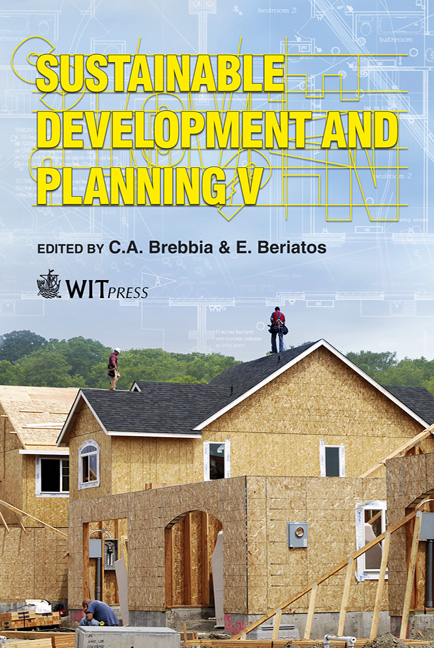Bumblebees As Potential Indicators For The Evaluation Of Habitat Quality
Price
Free (open access)
Transaction
Volume
150
Pages
9
Page Range
409 - 417
Published
2011
Size
3,222 kb
Paper DOI
10.2495/SDP110341
Copyright
WIT Press
Author(s)
I. Diaz-Forero, V. Kuusemets, M. Mänd & J. Luig
Abstract
Habitat fragmentation, decline and degradation are considered important threats to biodiversity and the principal processes that contribute to landscape change. It is fundamental to understand the quality of habitats (and the location of suitable ones) to develop appropriate biodiversity conservation strategies. Insects are considered key indicators of environmental change due to their diversity of habitat characteristics and requirements. Habitat quality may be assessed by its suitability for insects using important ecological differences between generalist and specialist species. Specialist species are more severely affected by the degradation and decrease of suitable habitats than generalists, as they are dependent on specific types of flowering plants or local environments. In our study, we collected data on five species of long-tongued bumblebees (gen. Bombus) including B. pascuorum, B. hortorum, B. ruderarius, B. sylvarum and B. distinguedus. The richness and abundance of long-tongued bumblebee species were recorded in 22 semi-natural meadows in Northeast Estonia. We identified abiotic and biotic factors, at both patch and landscape scale, which significantly impacted total species richness and abundance of long-tongued bumblebees. Overall, we found that besides the availability of food resources in the habitat, it is important to bear in mind the quality and diversity of the surrounding matrix when designing biodiversity conservation strategies. In countries with patchy landscapes, like Estonia, it is important to consider ecological indicators that are strongly associated with both patch and landscape variables. Therefore, bumblebees have the potential to serve as good indicator species for habitat quality. Keywords: long-tongued bumblebees, species richness, flowering plants, landscape structure.
Keywords
long-tongued bumblebees, species richness, flowering plants, landscape structure.





